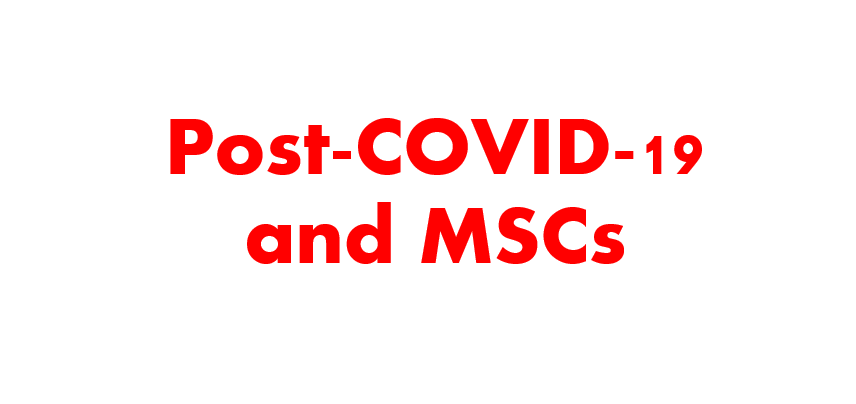Post-COVID-19 pulmonary fibrosis: the rationale of mesenchymal stem cell transplantation for lung regeneration
DOI:
https://doi.org/10.15419/bmrat.v9i5.741Keywords:
Anti-fibrosis, COVID-19, Mesenchymal stem cell, MSC, Post-COVID-19Abstract
Coronavirus disease 2019 (COVID-19) has caused nearly 15 million deaths worldwide. The rapid development of COVID-19 vaccines and anti-viral drugs significantly decreased the level of mortality related to COVID-19. However, post-COVID-19 pulmonary fibrosis has become a severe problem for some COVID-19 patients. The previous articles present the results of mesenchymal stem cell (MSC) transplantation to treat COVID-19 patients; in this article, we would like to discuss the potential of MSC transplantation to treat and improve post-COVID-19 pulmonary fibrosis. MSCs exhibit immune modulation and anti-inflammation that can control the inflammation caused by coronavirus 2 infection and the cytokine storm that some patients experience during COVID-19. The anti-fibrotic qualities of MSCs have also been demonstrated both in vitro and in vivo. Based on the current information about the anti-fibrotic effects of MSCs, MSC transplantation can be used to improve post-COVID-19 pulmonary fibrosis.

Published
Issue
Section
License
Copyright The Author(s) 2017. This article is published with open access by BioMedPress. This article is distributed under the terms of the Creative Commons Attribution License (CC-BY 4.0) which permits any use, distribution, and reproduction in any medium, provided the original author(s) and the source are credited.
